20% OFF ALL PENRITE PRODUCT ONLINE


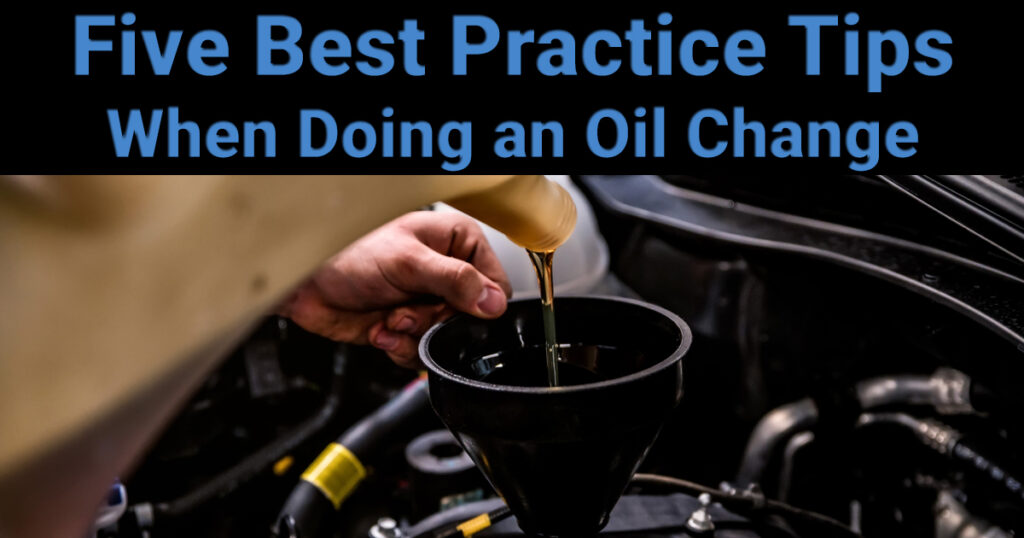
The ability to change your car, truck or machine’s oil use to be taught over every generation, handed down from father to son like a right of passage, but we stopped teaching this vital skill somewhere along the line.
But with the right tools and a little bit of knowledge, vehicle servicing can be done by anyone, man, woman or child (I taught both my son and daughter to do a car from about ten onwards).
Some of you might be apprehensive too, scared you might do some damage to your vehicle, but it isn’t something that you should fear, so we’ve written this simple guide with more common mistakes that even seasoned professionals sometimes make.
A lot has changed since the good old days of dropping your oil, changing your filter and filling your car up with an old oil you had lying around in your shed. Modern car tolerances are so tight that using the wrong oil can cause some severe issues over time.
An often-overlooked process when servicing is flushing the engine with Penrite Engine Flush before servicing your car at EVERY service. After just 5000km of travel, harmful contaminants and sludge begin to build up over the surface areas of your engine components. Left unchecked, these can cause undue wear and tear on your vehicle, and lost efficiencies will cost you a lot over the life of a car, truck or machine.
Penrite’s Engine Flush’s unique formulation of cleaning agents cleans oil galleries, oil sludge and engine contaminants that affect the engine’s lubrication. The pollutants get broken down by the Engine Flush and drained away with the oil service.
If you’ve treated your engine to a good flush like you should have, the first mistake people regularly make is not letting the engine cool down before dropping the oil. Unless you like the feeling of searing your flesh, it’s essential to wait. You will, and I repeat, will get engine oil on yourself when you drop the drain plug, so let it cool down.
The second tip is not having the correct tools for the job, and this is very important to sort out before you start the job. From my experience (and frustration!), there is nothing worse than starting a service and realising you can’t get the sump plug out because it has a specialised fitting. Older cars won’t be a problem, but some newer and imported vehicles don’t have a standard drain plug, and you might need a hex or Torx bit to get your drain plug out.
The third tip is checking you have the correct oil filter before you start. If I had a dollar for every disgruntled man I’ve seen in our shop with a screwdriver through it and a story about getting the wrong filter from another shop and borrowing the neighbour’s car to get here, I would be up there with Elon and Bezos.
Get the part number off your filter on the vehicle or parts manual and double-check it against the filter you’ve bought for the service. If it is a different brand, that’s ok, run it through our cross-reference database or message us and we can double-check for you.
While we are talking about correct tools for the job, let’s talk about filter removal tools and the old screwdriver. I get the appeal of smashing a screwdriver through your filter; it’s almost cathartic if you’ve had a rough week, but I’ve seen people sheer a filter in half when trying to get it off in this manner. So trust me, trying to remove the sharp bend remnants of a filter is a whole different kettle of fish. So invest in a filter removal tool; they are cheap, effective and will make your next service a breeze. Check out our range here.
The fourth tip is choosing the correct oil for your car, truck or machine. As alluded to earlier, selecting the right oil is very important in modern engines. In the old days, if you had a diesel engine, you would always put 15W40, and everything would be fine, but engine design has come a long way since then, and some cars use oils as light as 0W16!
Getting the wrong oil can not only make your car run worse, affecting fuel economy and increasing wear and tear but in rare circumstances can kill an engine.
Companies like Penrite have made it simple to find the right oil using their vehicle lookup system or, even more accessible, their new Rego Lookup!
Use it now to find the right oil for your car, and check out the full Penrite range.
You may have just read all the above point and been like, Duh! But this next one is the one that most people, even some professionals, get wrong. Any reputable brand filter will have a picogram (Instructions) on them with instructions on fitting the filter, which we will run through now.
Over tightening a filter can compress the gasket to a point where there is no longer shock absorption capacity. Once this happens, excess vibration from the engine, especially a diesel, can cause the filter to spin backwards and leak. In some scarce circumstances, a filter can even spin its self off to a point where you will lose all the oil and cook your engine!
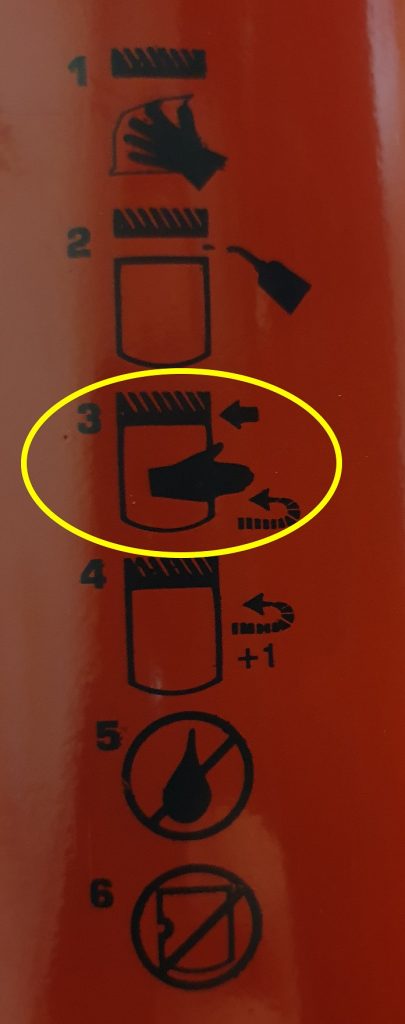
Thanks for reading, and remember we’ve been in the filter game for 20+ years and are at the forefront of everything filtration. If you need advice on setting up everything from a pre-filter on your car to an industrial water processing plant, we can help.
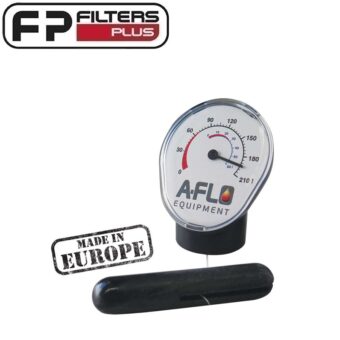 A-FLO
A-FLO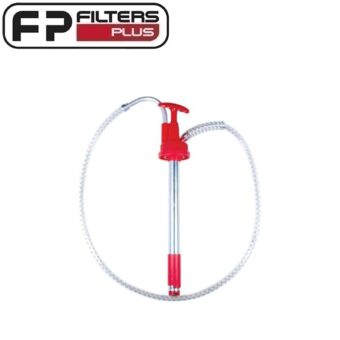 A-FLO
A-FLO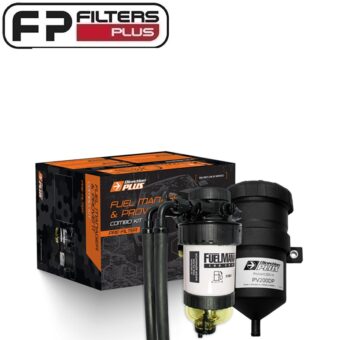 DIRECTION PLUS
DIRECTION PLUS